Good score on the rear stand clip. It will look perfect on the bike. McMaster Carr has rivets. Great pictures! I want to hear it run!
Kevin
Kevin
Only registered users may post new messages on this forum. You must be an AMCA member to register. Click the register link on the top right to proceed.
If this is your first visit, be sure to check out the FAQ by clicking the link above. To start viewing messages, select the forum that you want to visit from the selection below.
If you are NOT an AMCA Member and would like to join Click Here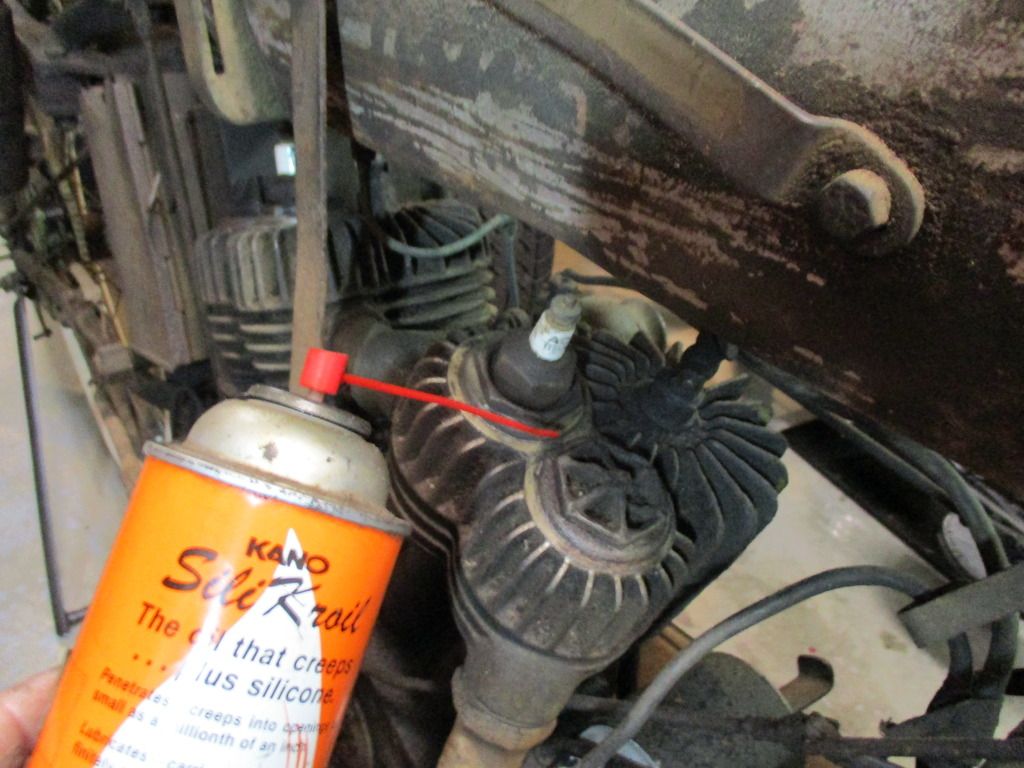
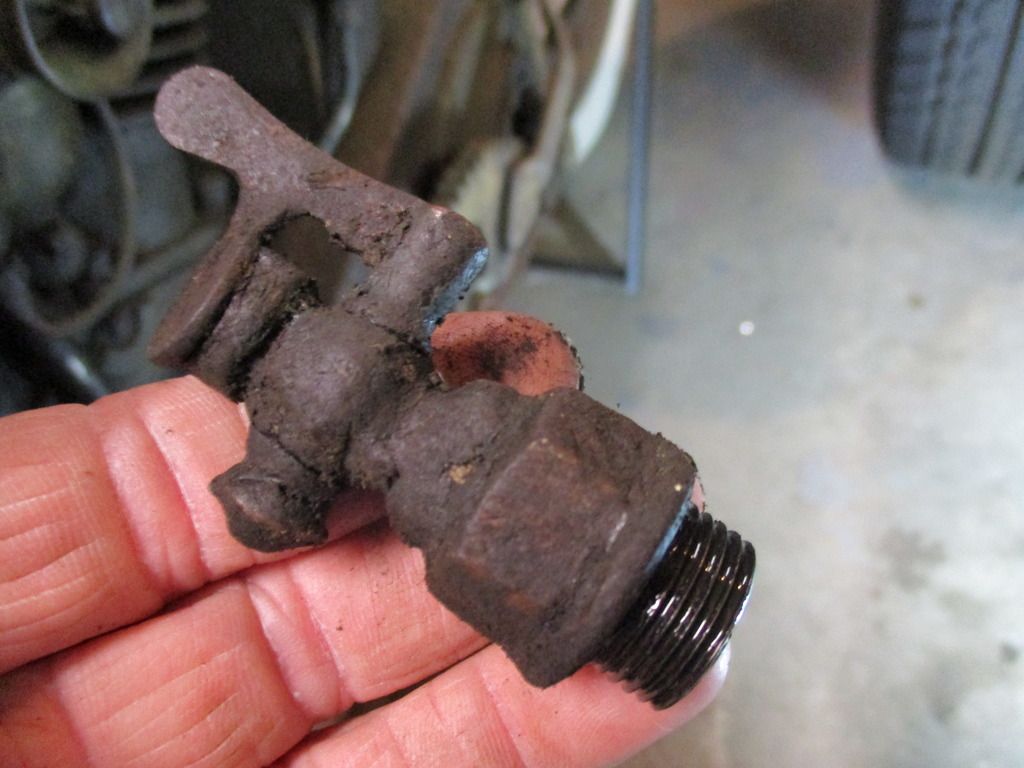
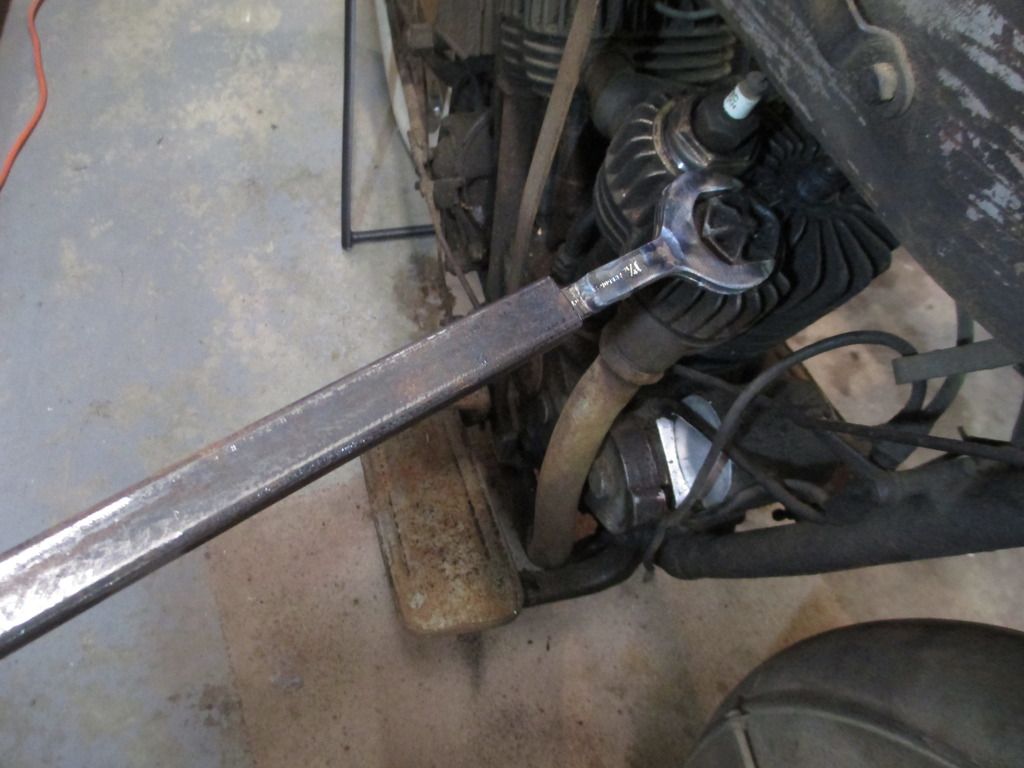

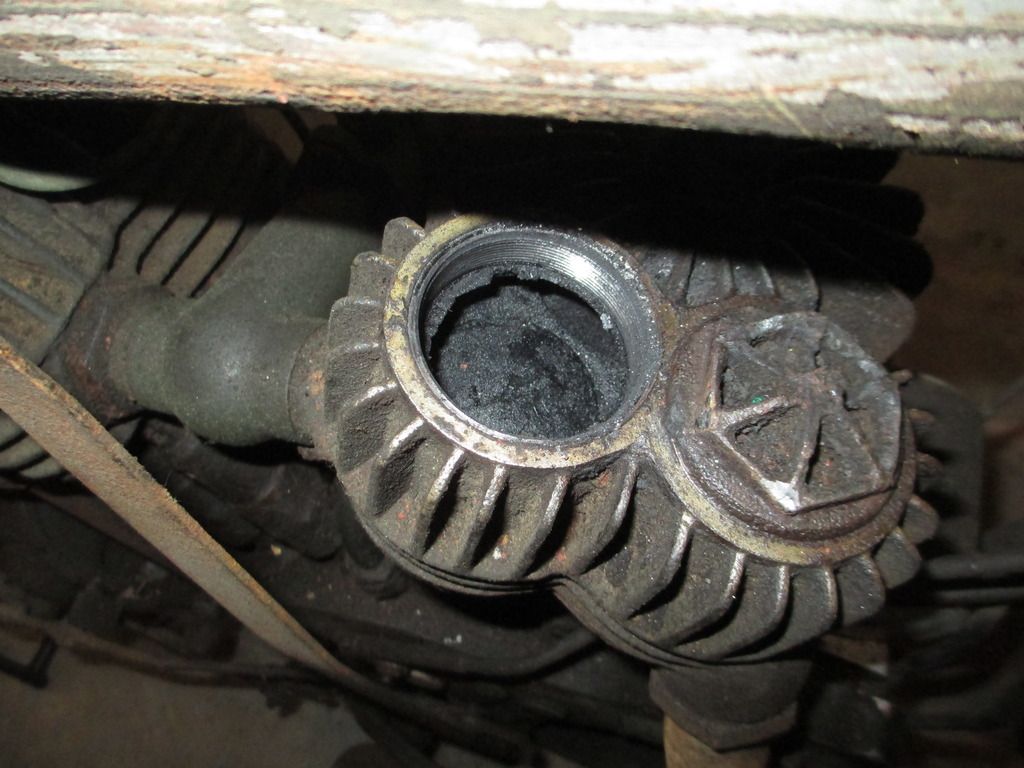
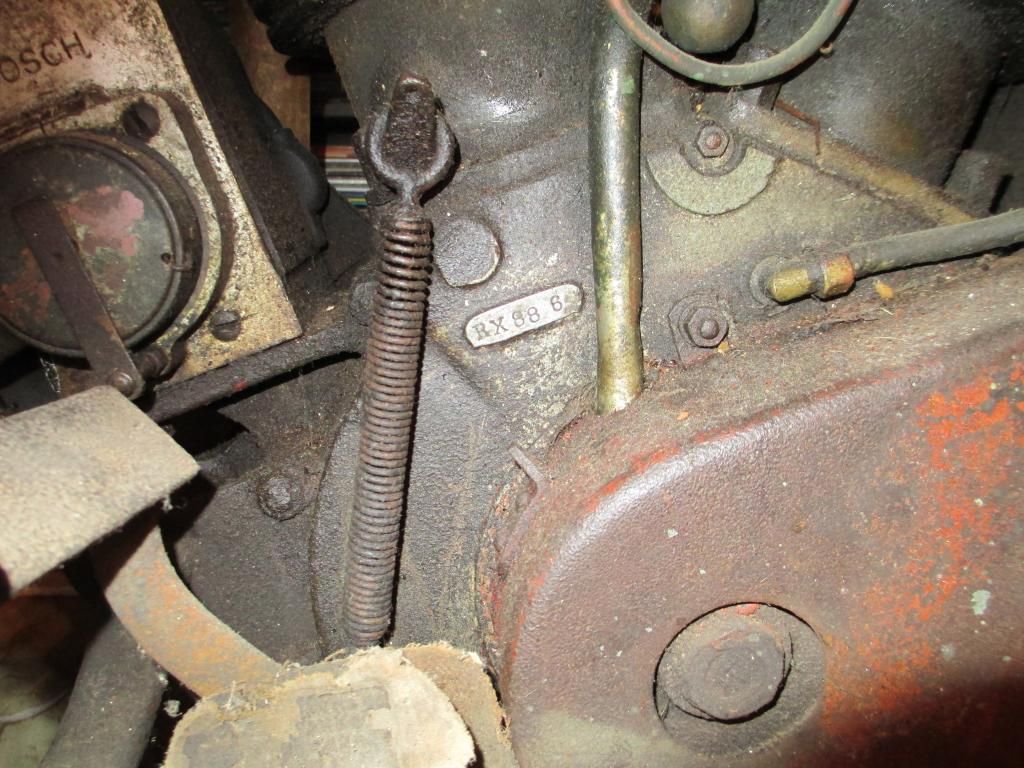
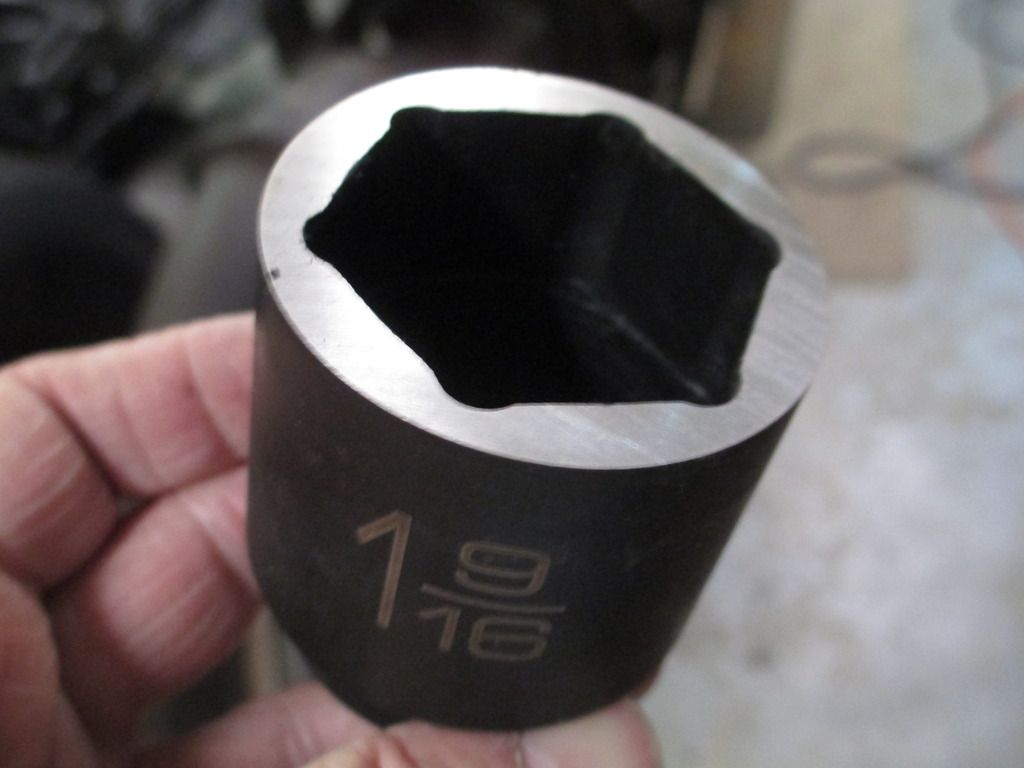
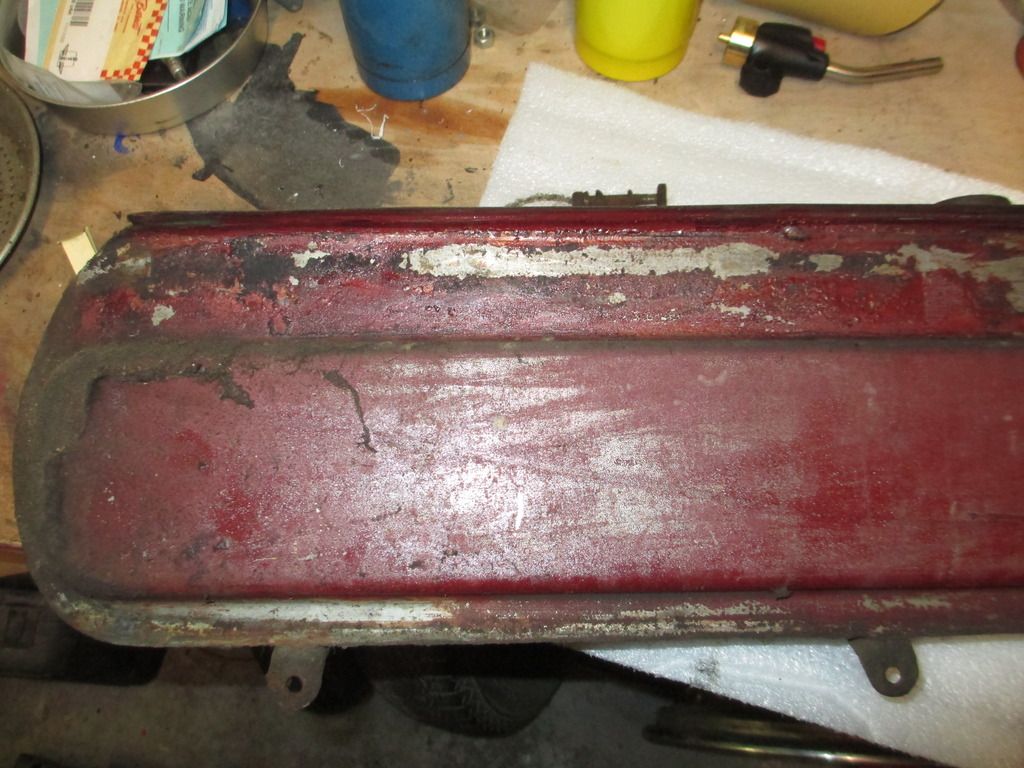
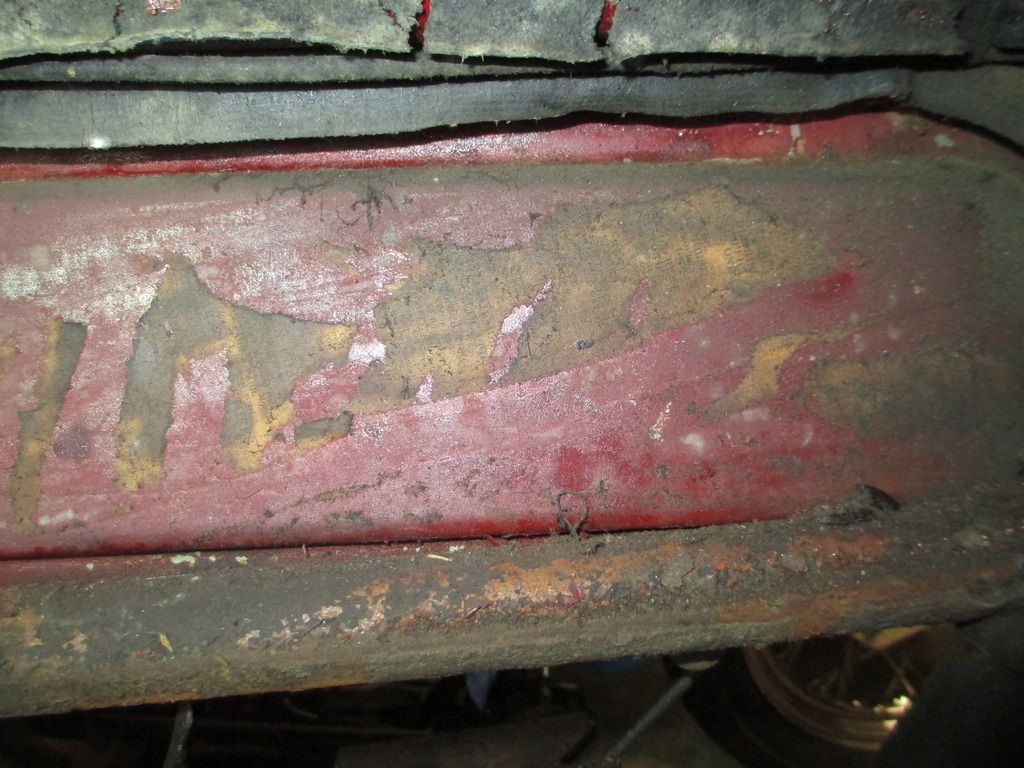
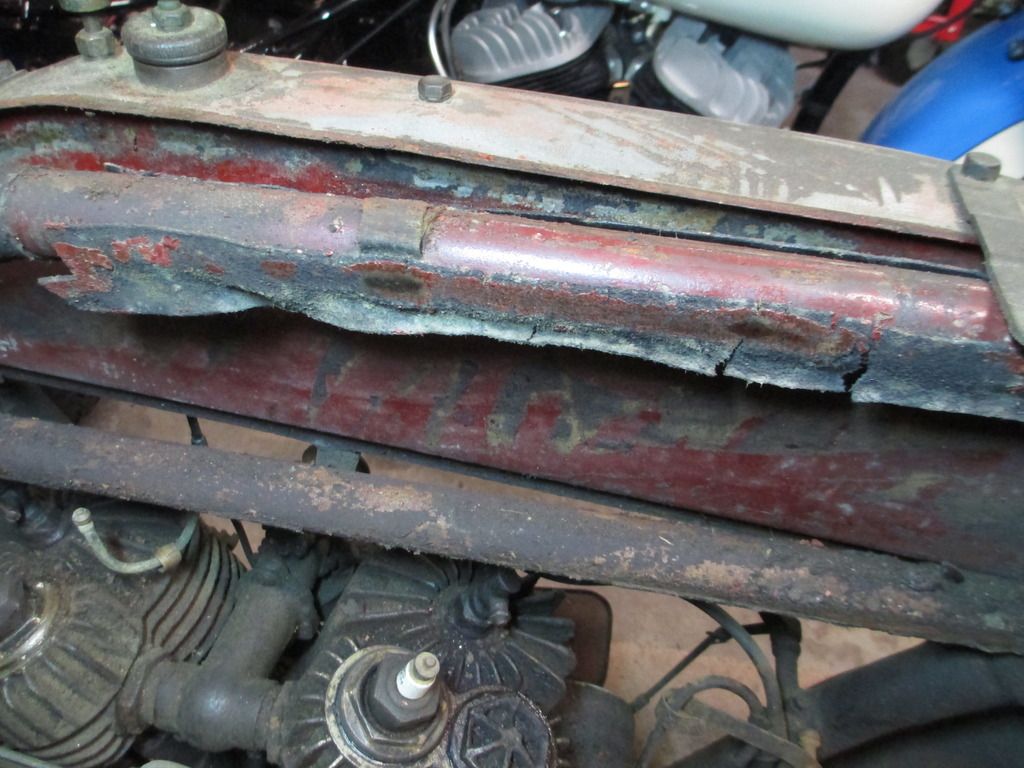

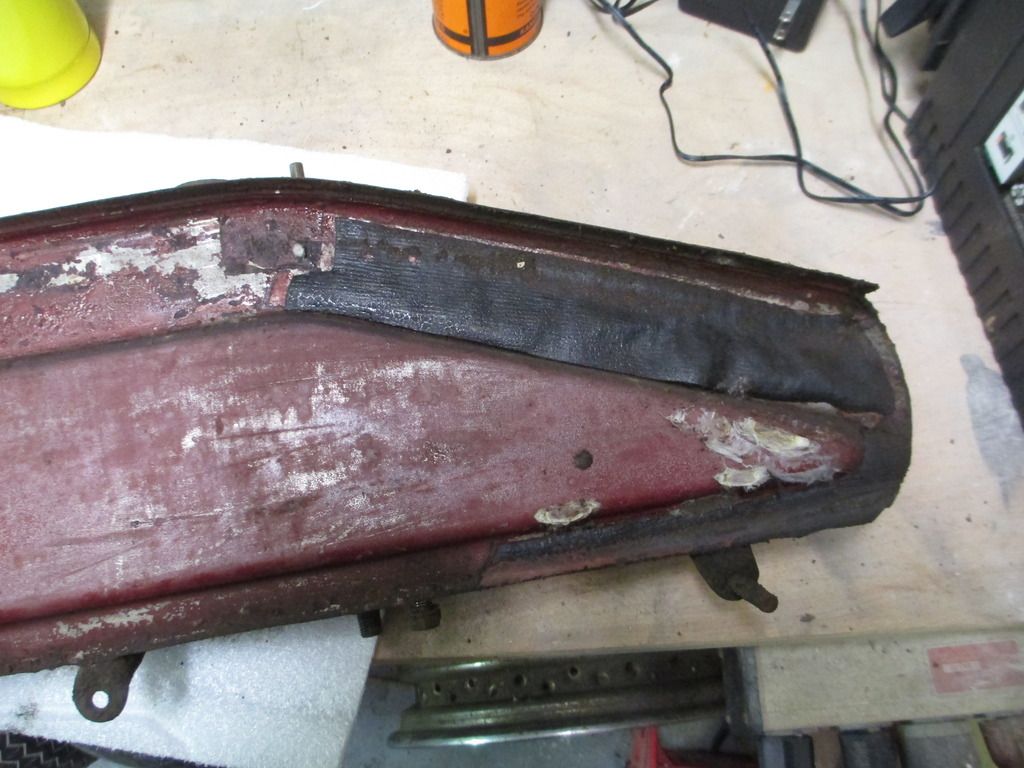

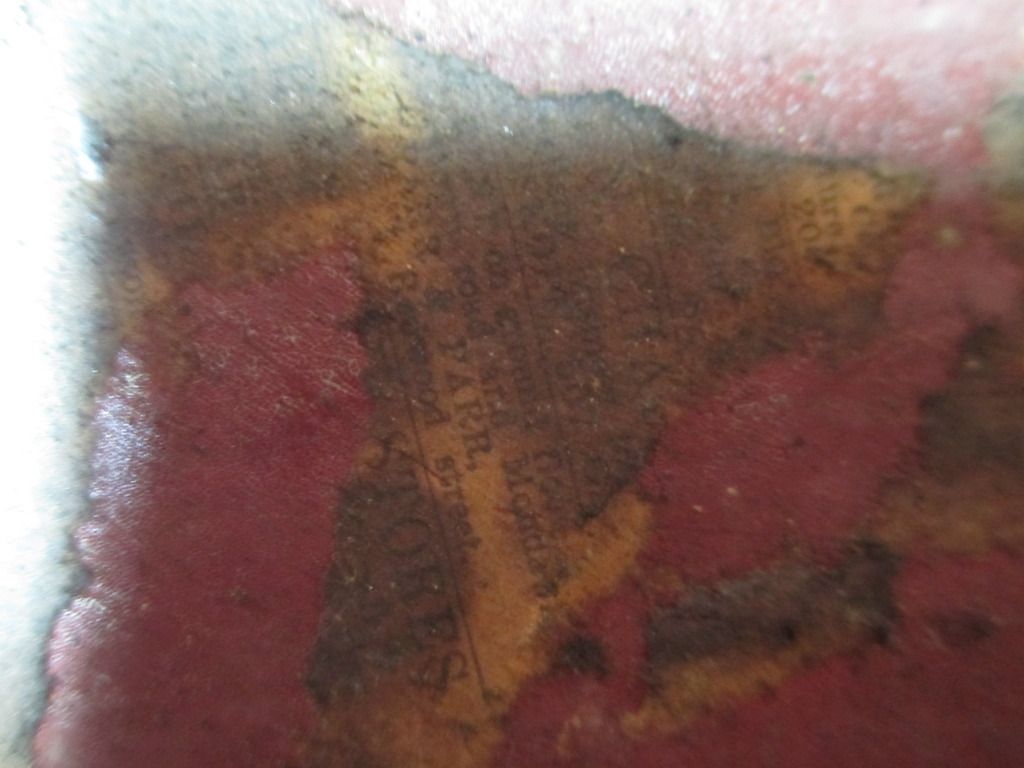
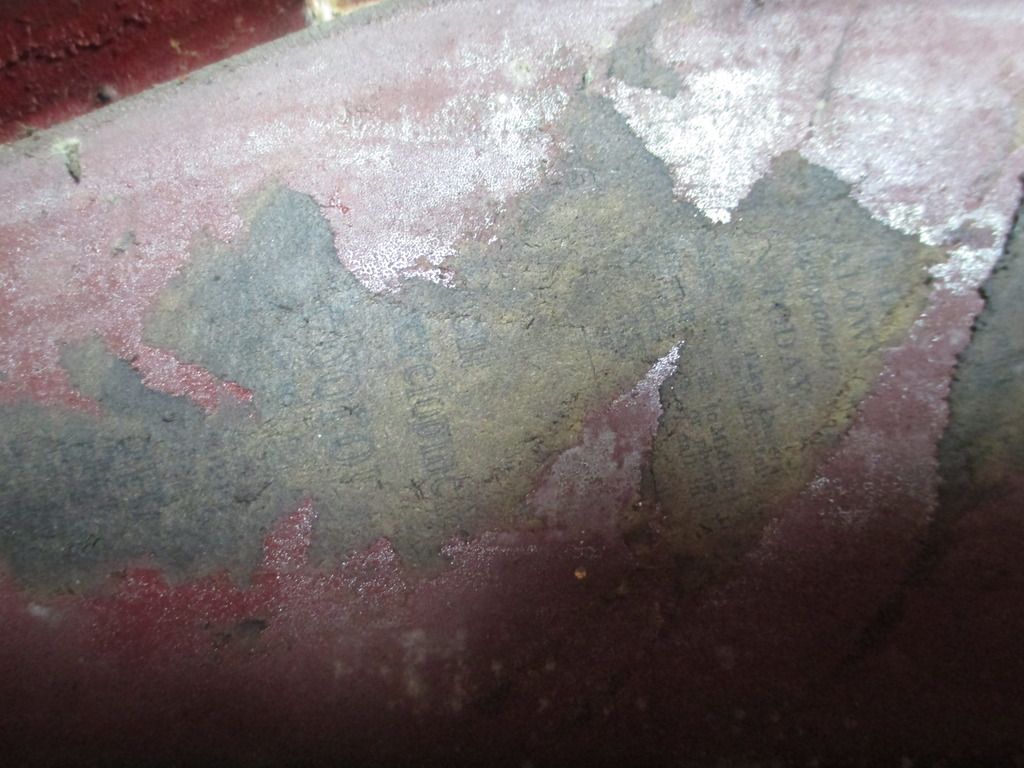
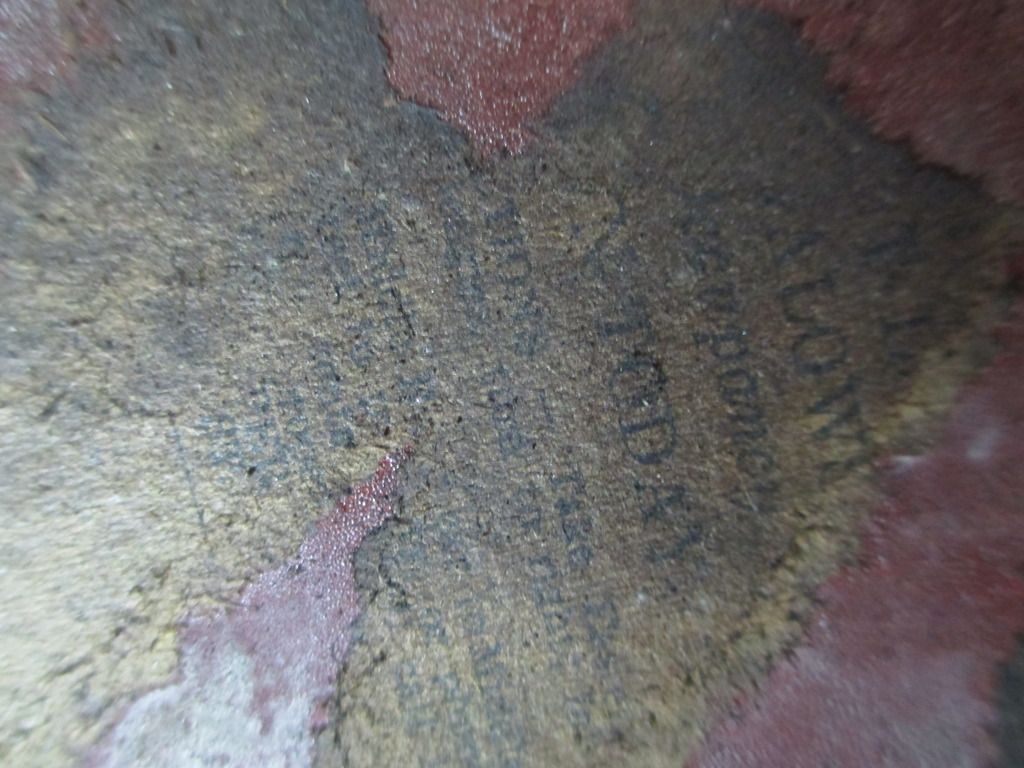
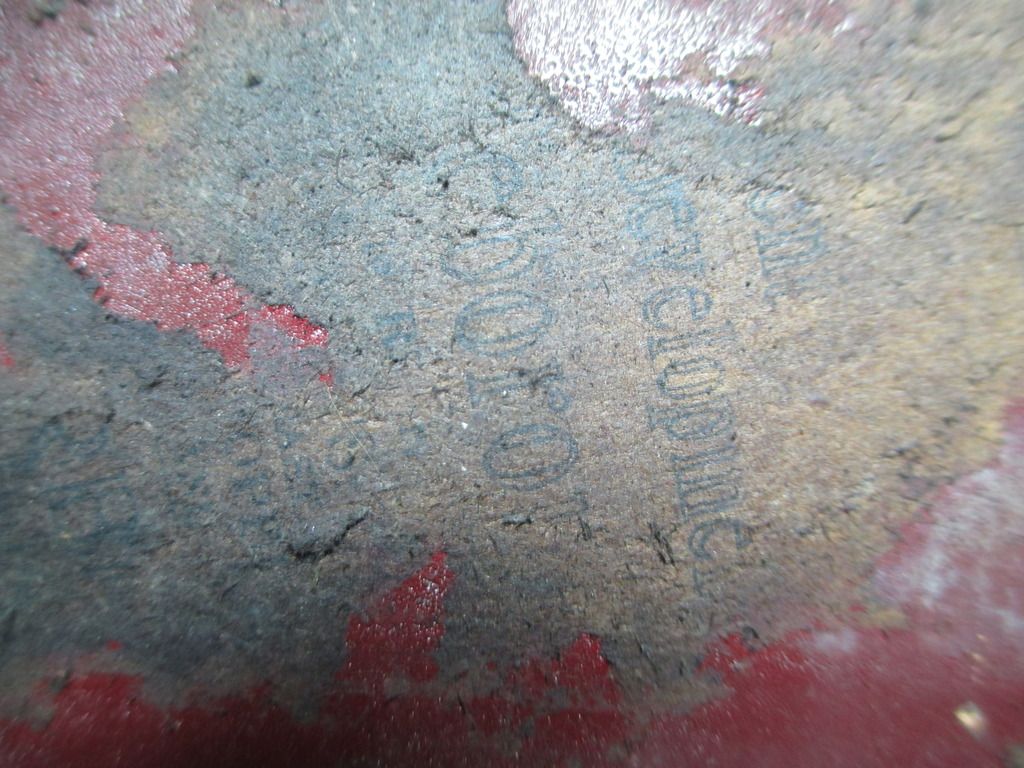
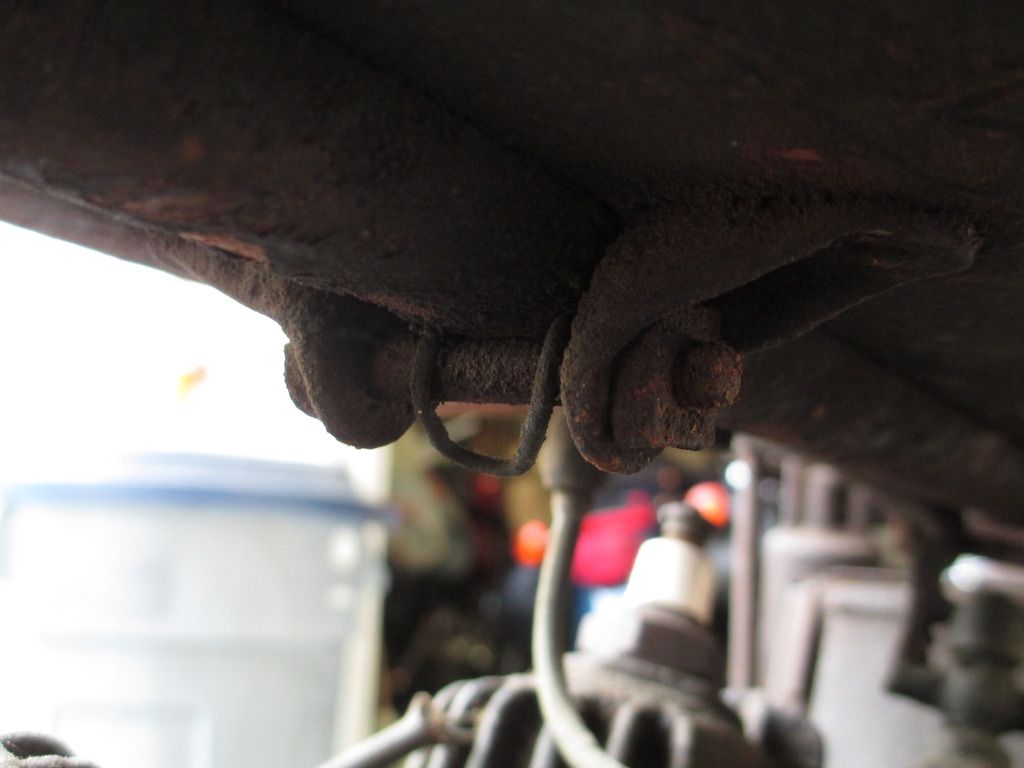

Comment